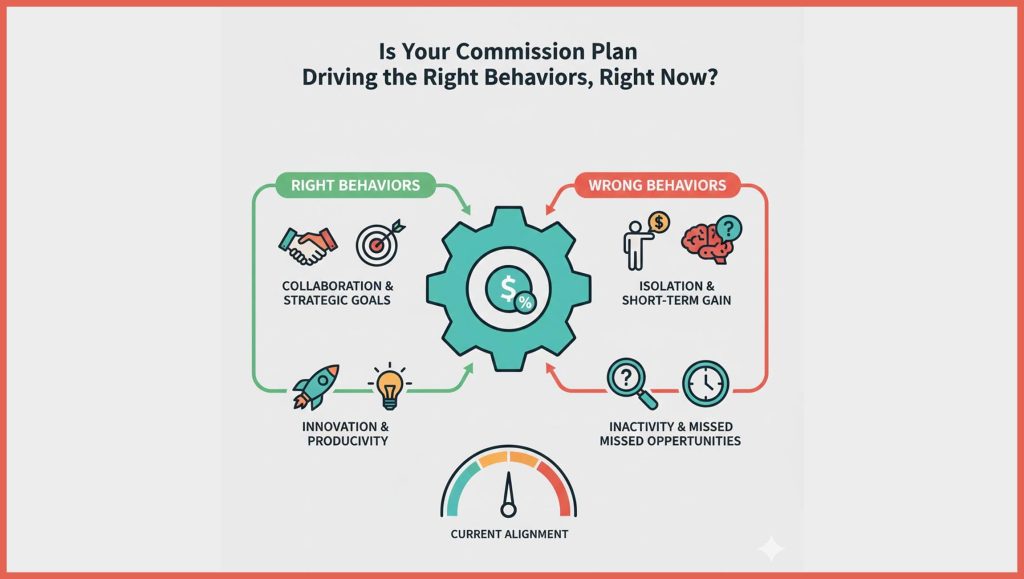The art of gaining a new customer should be considered a team sport. It’s no longer feasible for sales and marketing departments to operate in traditional silos that hinder effectiveness. From go-to market strategy and lead generation to brand loyalty and conversion rates, sales and marketing are increasingly critical components of the revenue lifecycle. They have to operate as two halves of the same whole — two functions aligned by people, processes and technologies that improve the buyer experience and lead customers to smart purchasing decisions.
The ramifications of sales-marketing misalignment are real. It’s a key driver of both revenue stagnation and reduction, costing businesses more than $1 trillion in lost sales each year. It also damages company morale, employee engagement, cross-functional efficiency and trust, all of which are fundamental to effective hybrid and distributed teams. Failing to foster continuous alignment prevents both sides from working together to generate leads and hit KPI goals. However, 90% of sales and marketing professionals still report organizational misalignment in strategy, process, culture and content.
The benefits of sales-marketing alignment are just as real. Nearly 90% of sales and marketing leaders say collaboration between the two sides enables critical business growth. From a financial standpoint, organizations that maintain a focus on alignment generate nearly 20% faster revenue growth and as much as 15% higher profitability. And with an economic recession looming, connecting and streamlining these distinct revenue-generating teams should be considered non-negotiable.
Organizations looking to unify their sales and marketing teams for better cross-functional alignment can start by prioritizing the following three areas.
1. Measurement Alignment
Sales and marketing teams have always been measured on separate scales with different sets of KPIs and reports. That pigeon-holed framework may have worked in the past, but a growing focus on revenue enablement (as opposed to sales enablement) means it won’t anymore.
Consider it a new normal requiring a new approach to measurement, where sales and marketing are measured as one function working toward a shared goal – revenue generation – with impact on pipeline and revenue serving as collective KPIs. With cross-functional collaboration relative to measurement, both teams can take proactive steps to amplify the intrinsic value of their buyer experiences.
2. Process Alignment
Legacy processes of sales and marketing teams are often structured around their own internal roles, responsibilities, and goals. Take a sales team for example. Since its two main objectives are pipeline management and closing deals, traditional sales processes – as well as the systems and platforms used to execute those processes – focus solely on buyer engagement at later stages of the funnel. Meanwhile, considering marketing’s main focus is identifying new prospects and generating leads, their processes and tools are more tailored to early stages of the funnel. This creates a “pipeline handoff” dynamic that, without well-integrated systems and platforms in place, can cause friction along the digital buyer’s journey.
Instead, sales and marketing should view pipeline management as a singular end-to-end process, where both functions use the same enablement platforms, data feedback loops, and automation tools to achieve a common goal: personalizing and enriching the buyer’s journey to deliver a seamless customer experience.
3. Data Alignment
When it comes to effectively engaging virtual buyers, using data to deliver value and relevance is the name of the game. According to Demand Gen’s 2021 B2B Buyers Survey Report, there’s a direct link between B2B purchasing decisions and the relevancy of customer-facing content. The study found that the two most influential factors are:
- Providing easy access to fresh and relevant content
- Delivering messaging that demonstrates expertise around the needs of the organization’s industry.
Without concrete sales-marketing collaboration during the content creation process, organizations lack critical visibility for understanding what assets and messaging are most relevant.
A team sport approach to sales and marketing collaboration is non-negotiable. With that said, it’s a critical time for organizations to embrace sales enablement automation, if only for the engagement data it feeds teams during every stage of the revenue lifecycle. Armed with that continuous, data-driven feedback, both sales and marketing have the right guidance to deliver meaningful buyer experiences that lead to smart purchasing decisions.




















